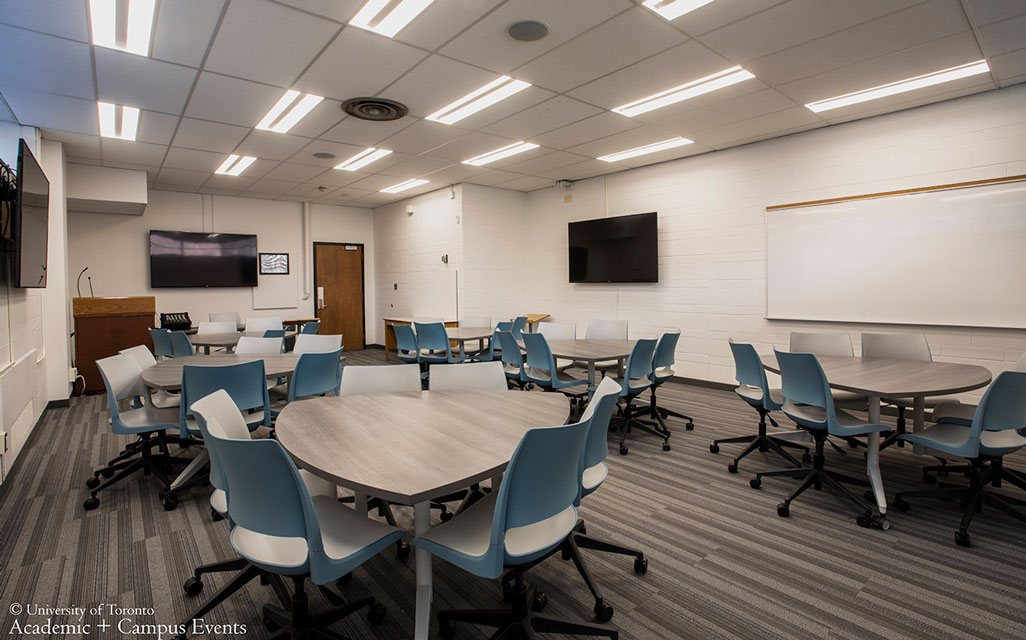
Written and Illustrations by Paul Kaita, Senior Project Assistant, Master of Education, Higher Education
Games bring people together and can change the world. Paul reflects on his classroom experience and how gamifying Innovation Hub workshops evokes positive emotions and creates memorable learning moments.






